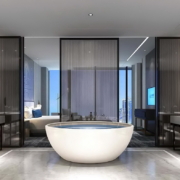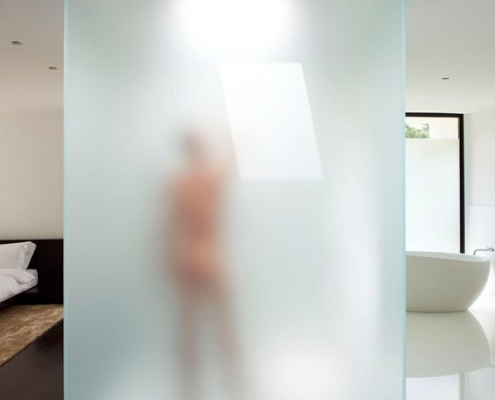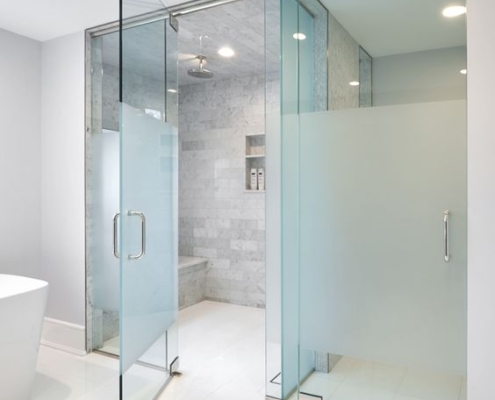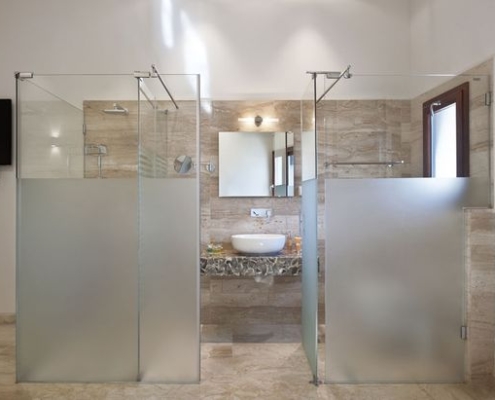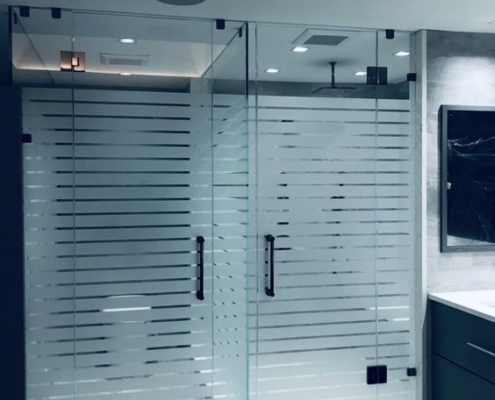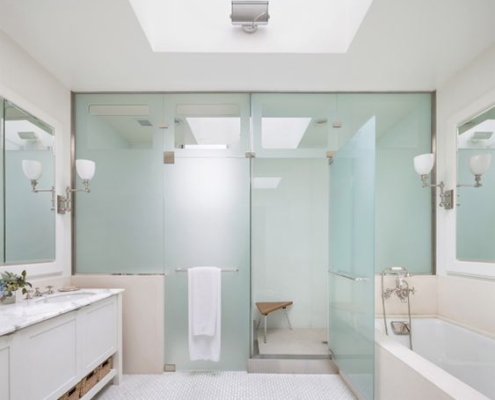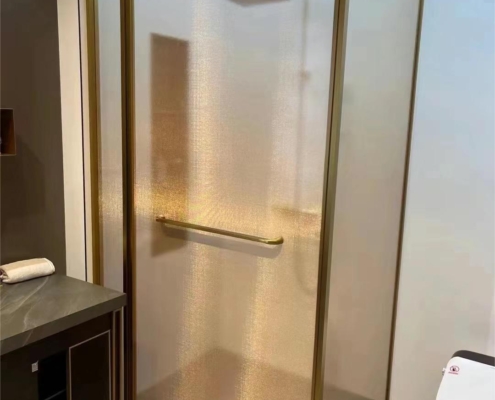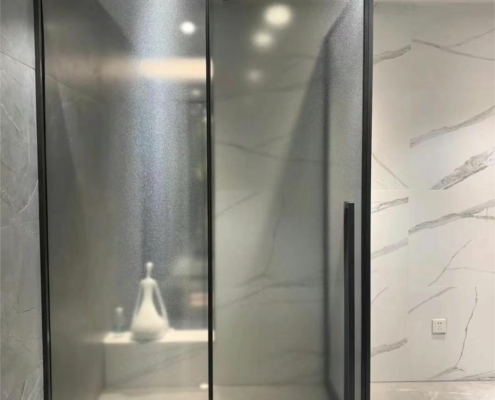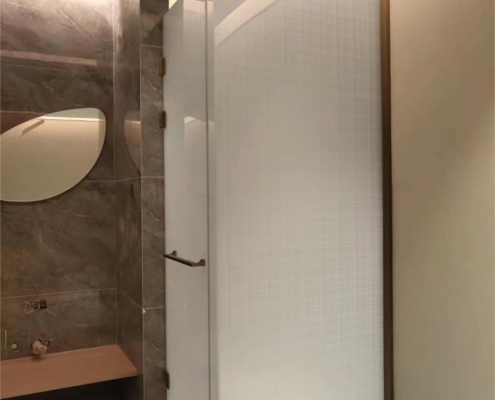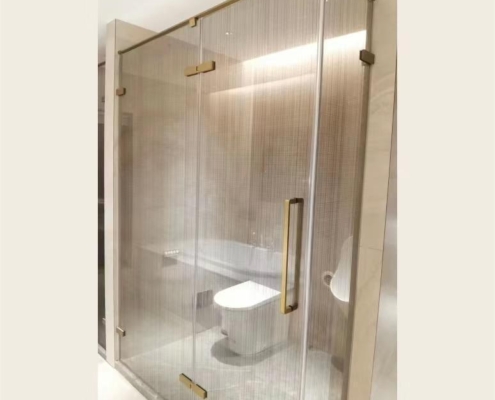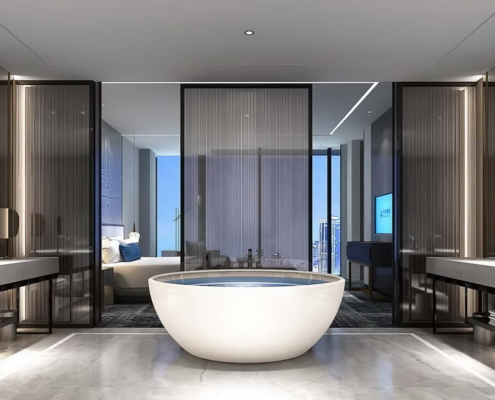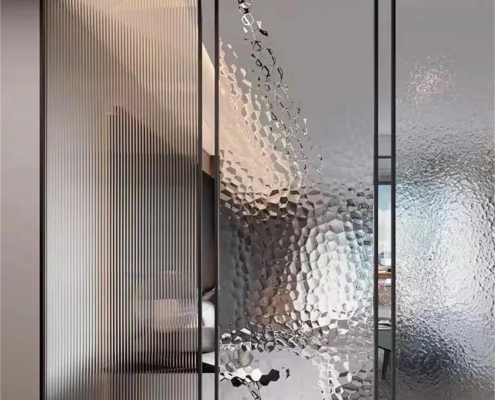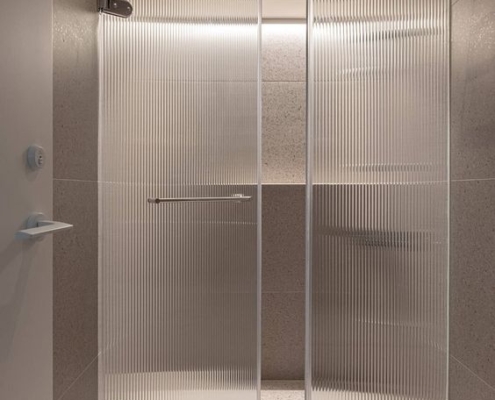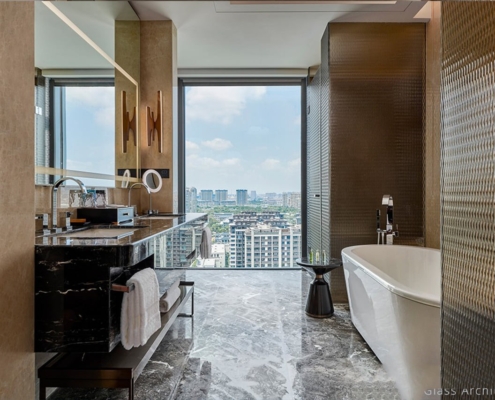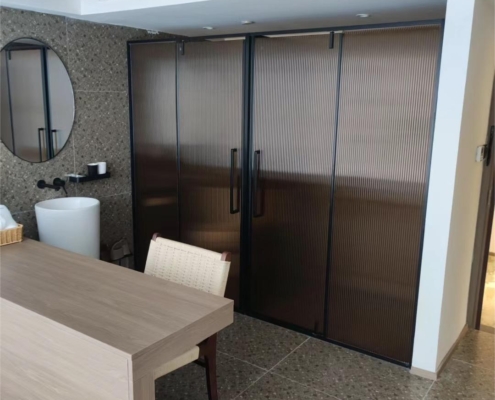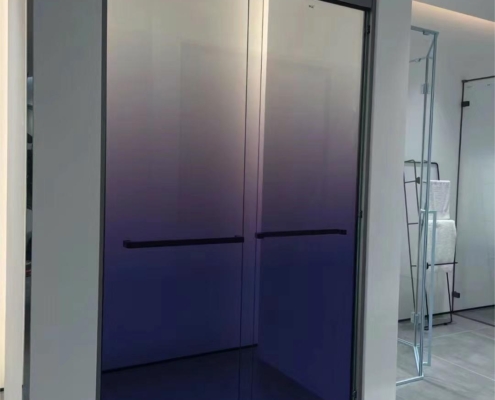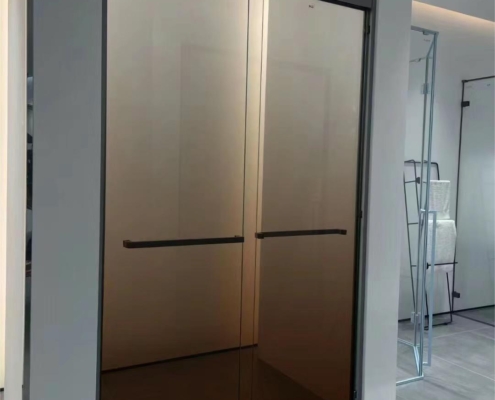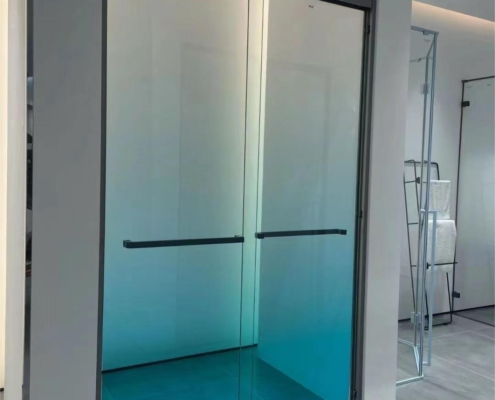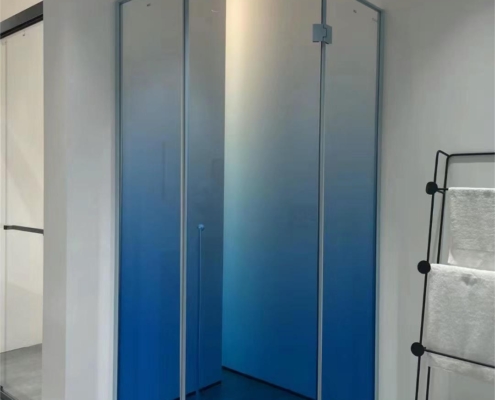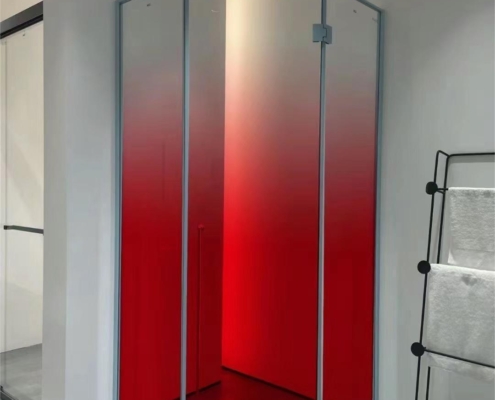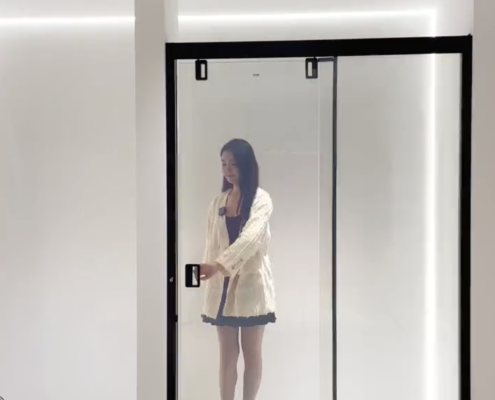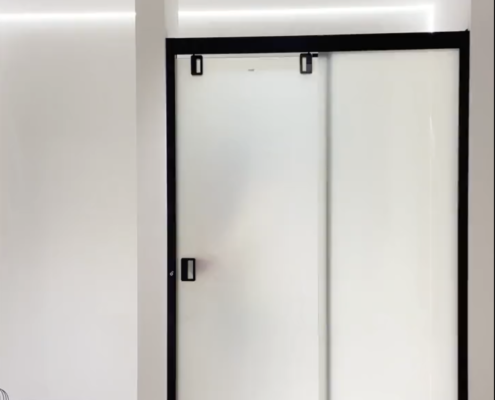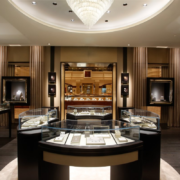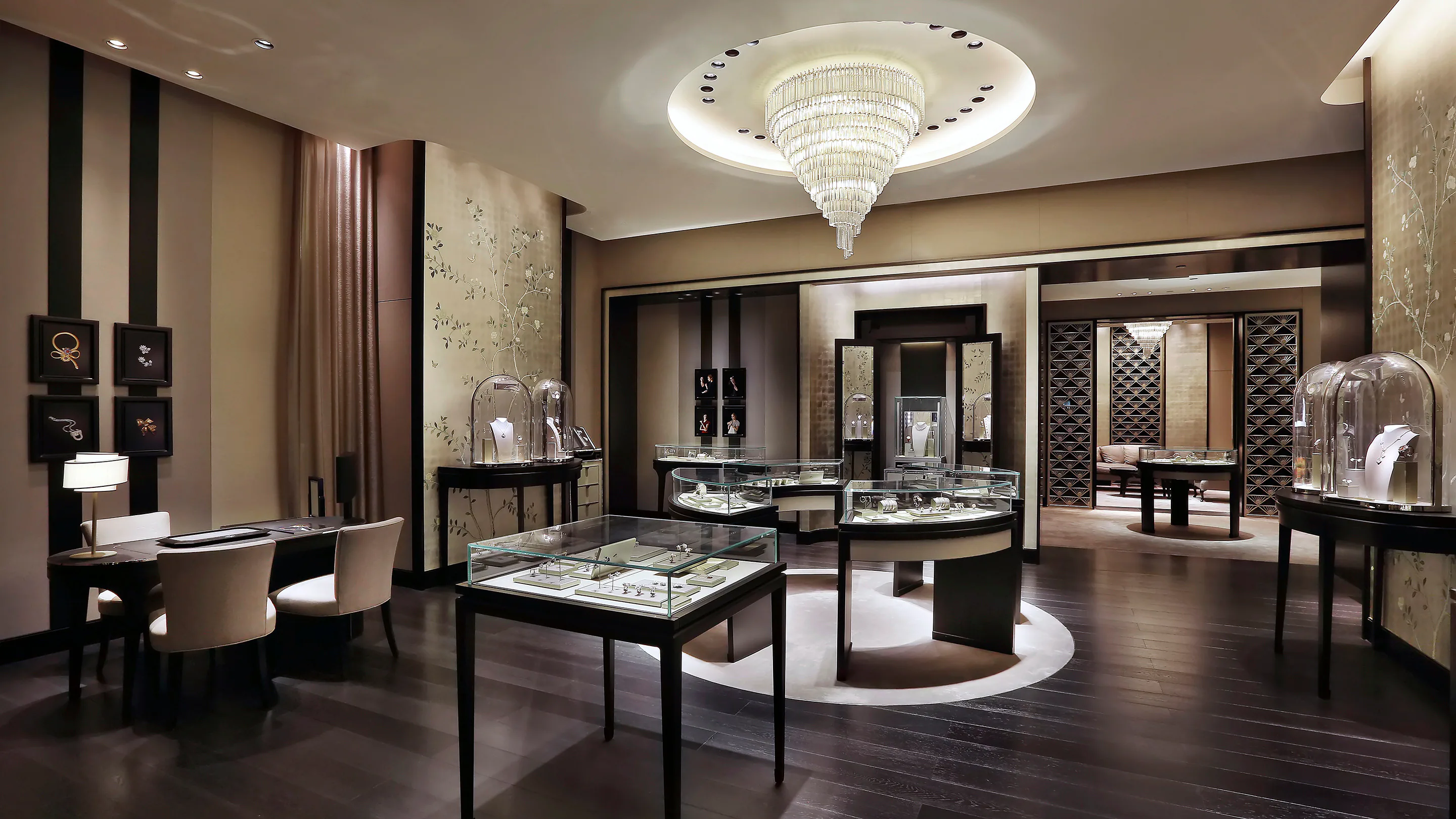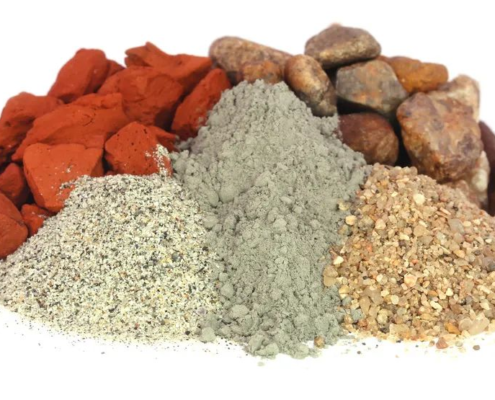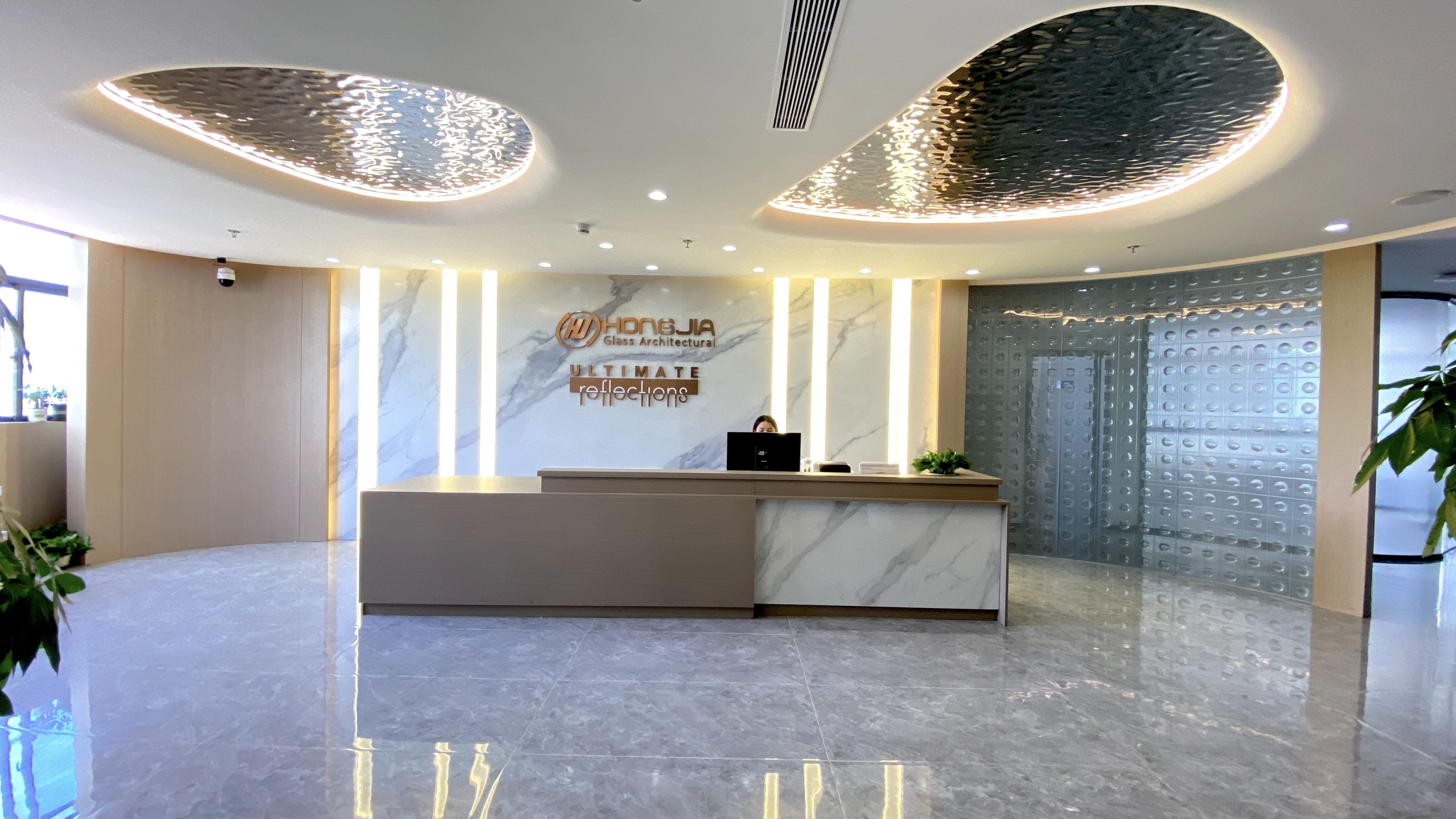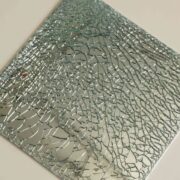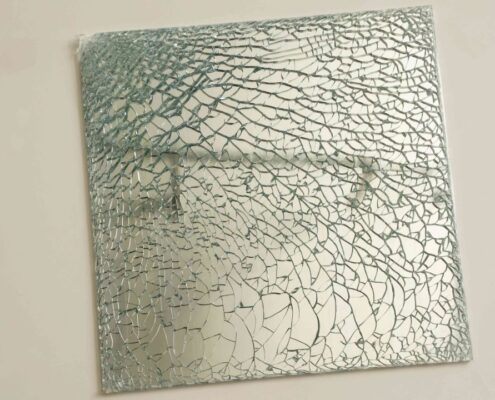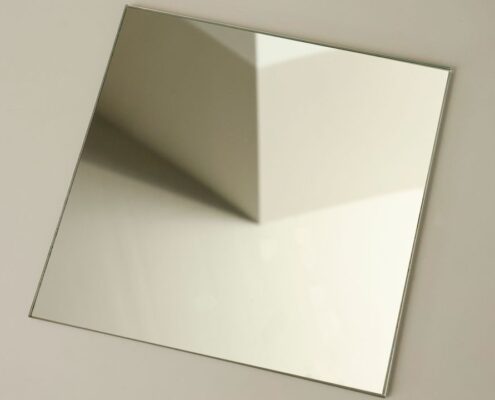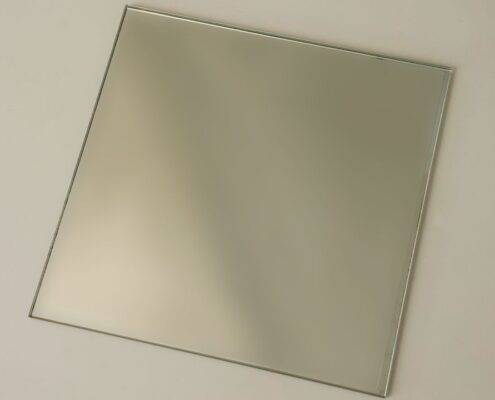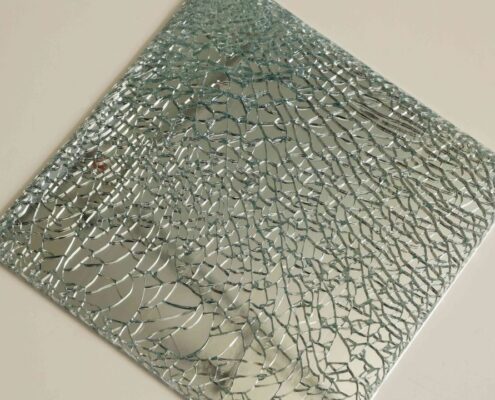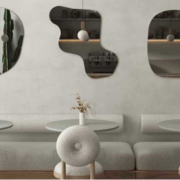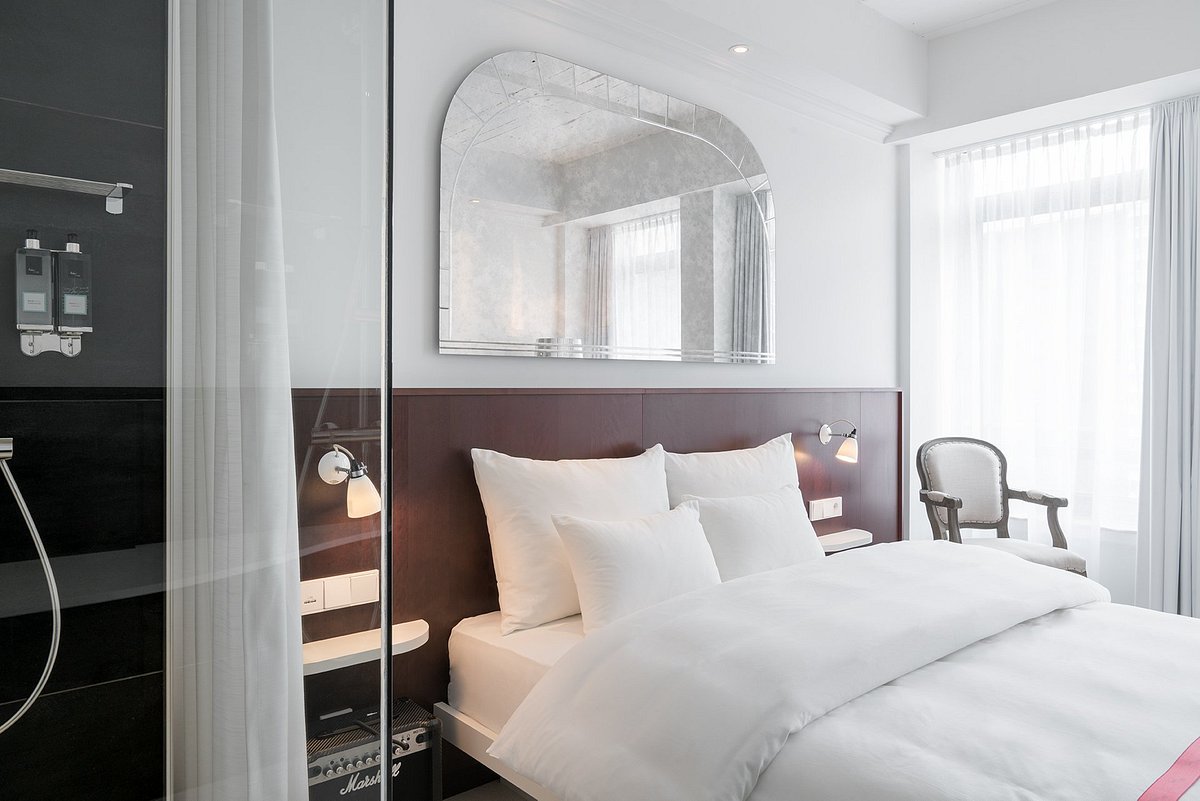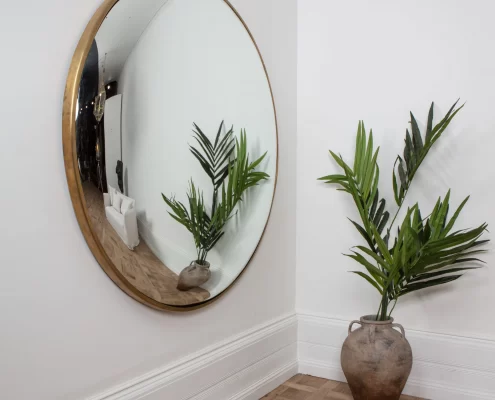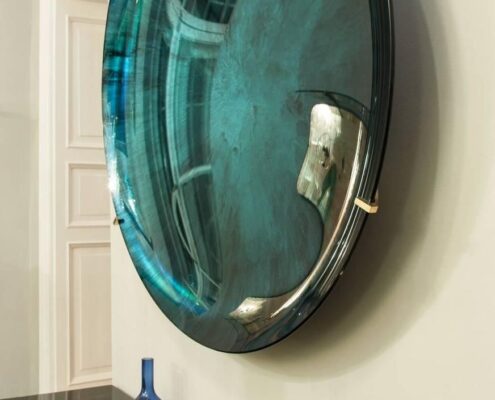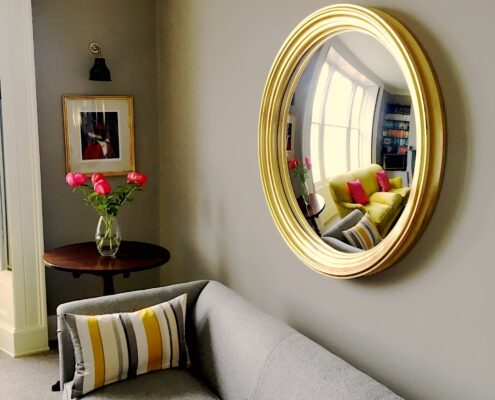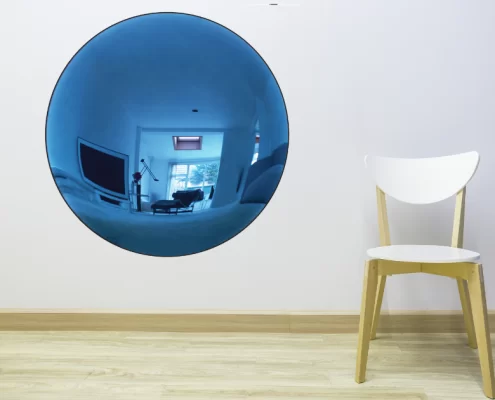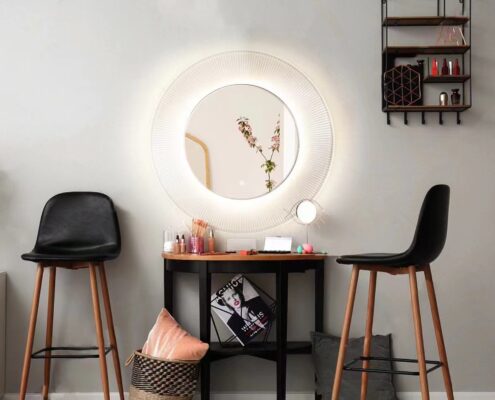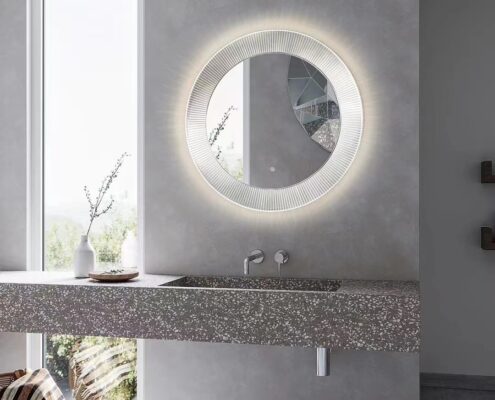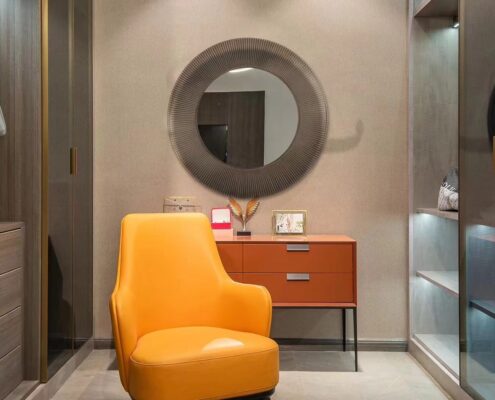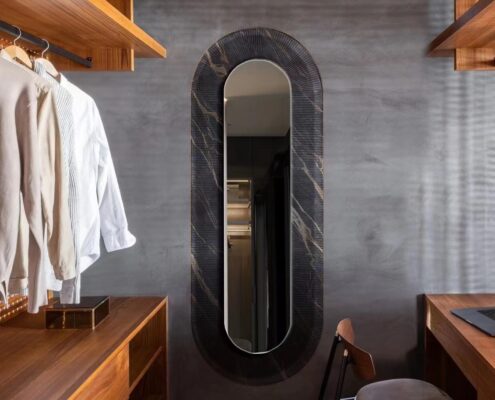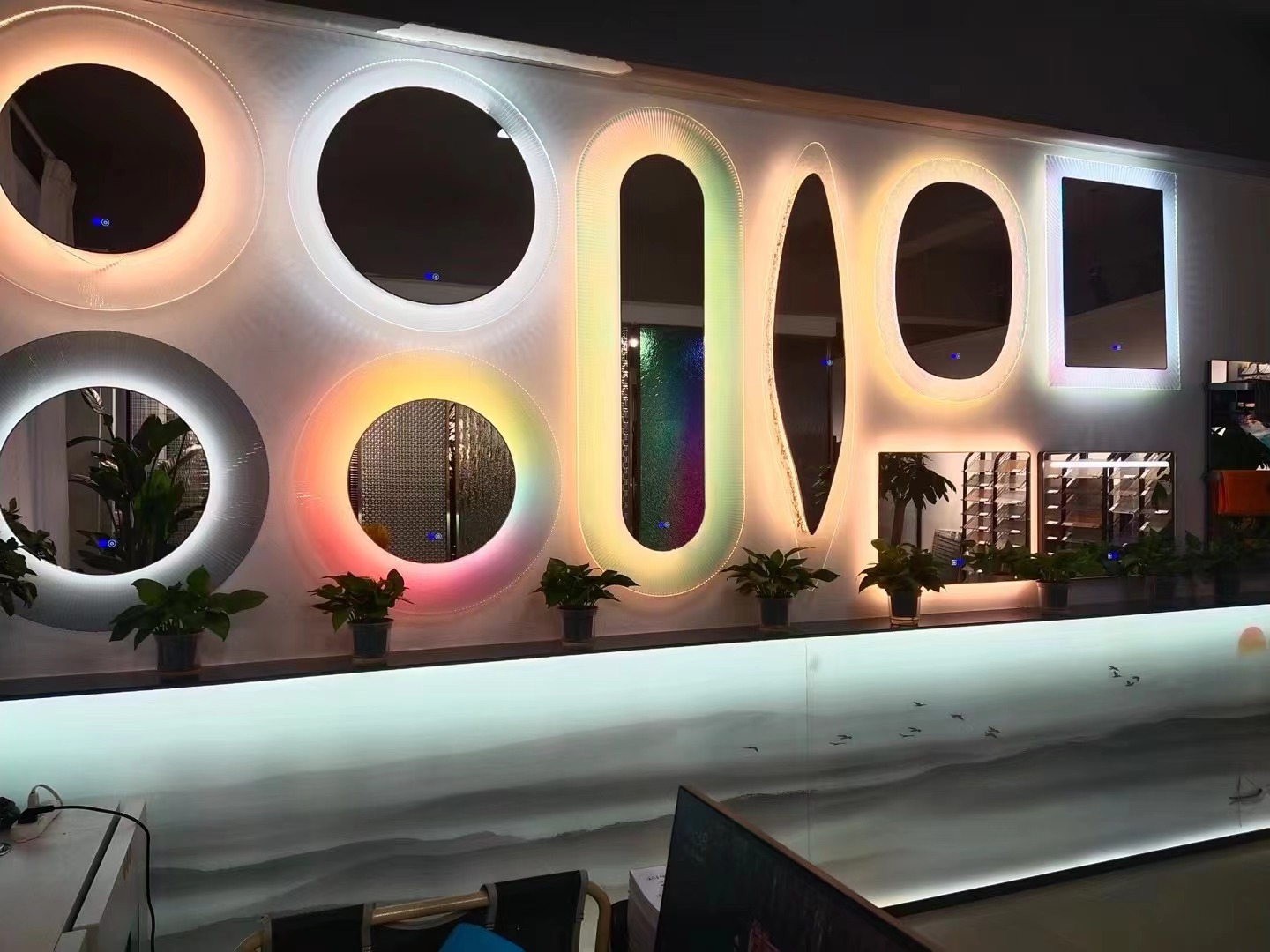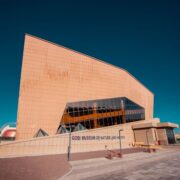Is the glass in your shower room made of transparent tempered glass?
Whether it’s for homes or hotels, privacy is always a concern when using shower rooms. Are you still using a few pieces of transparent tempered glass with a cloth curtain to maintain privacy?
Today, we’d like to introduce several types of shower room glass suitable for both homes and public places.
First, Frosted Glass
Frosted glass is a commonly used option for glass shower rooms, offering a simple yet private appearance. You can choose between full or partial frosted effects according to your needs. For example, for the master bedroom of a couple, the effect of partial frosting in the middle, as shown in the image below, may add more ambiance.
Second, Fabric Laminated Glass
Fabric laminated glass has become a popular choice for glass shower rooms in the Chinese market in recent years. Whether it’s a five-star hotel or a small-town inn, this type of glass might be used. Fabric laminated glass comes in a wide range of patterns and colors. Compared to single-layer tempered glass and frosted glass, wired glass offers more safety and aesthetics, and who wouldn’t like it?
Third, Embossed Glass
Embossed glass has become highly popular in the decoration market in recent years, not only favored by designers for glass shower rooms. Common patterns such as fluted patented glass and water ripple patterned glass not only provide good light transmission but also add more fun and fashion while protecting privacy.
Fourth, Digital Printed Glass
Digitally printed glass used for glass shower rooms can achieve various transparency and gradient effects, even richer than fabric laminated glass. Just provide a high-definition image, and it can be printed on the glass, including idol pictures, landscapes, single-color gradients, or even multi-color gradients.
Fifth, Electrically Controlled Dimming Glass
Electrically controlled dimming glass for shower rooms is a type of decorative glass that everyone is familiar with. Due to its relatively high cost, it may only be popular in high-end hotels or high-grade residences.
Apart from the ones introduced above, do you know any other decorative glasses for glass shower rooms? Feel free to contact us with your design ideas, and we’ll turn them into reality.

